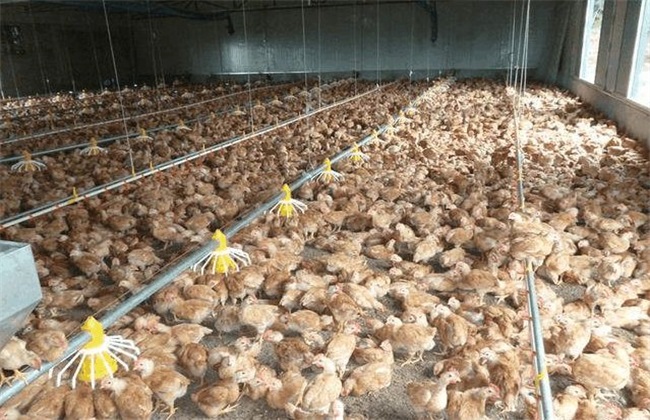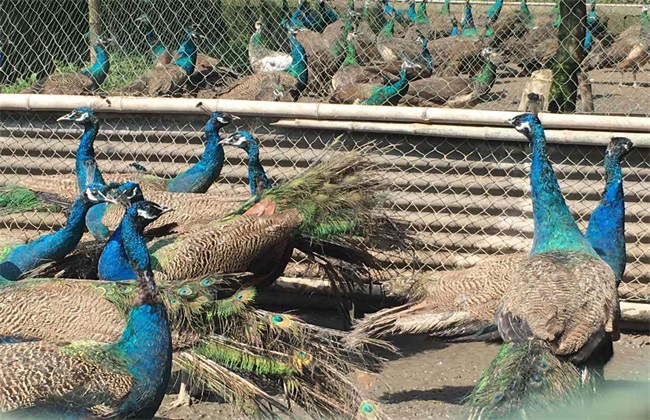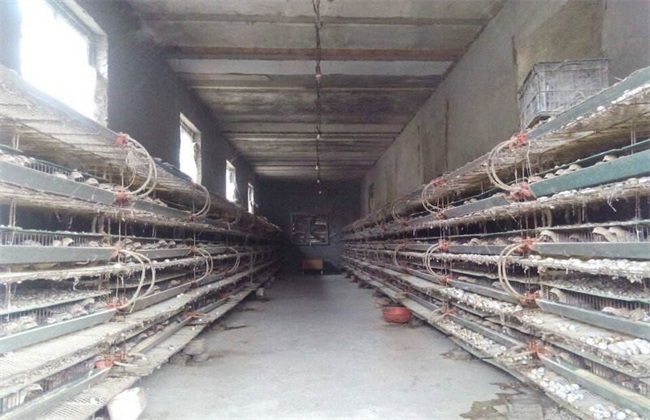Free-range chicken culture environment
When raising free-range chickens, chick farming is a key measure to raise chickens. Chick breeding quality is very critical in free-range chicken breeding production. It not only directly affects the survival rate of chickens, but also closely related to the production performance of chickens. Therefore, when we raise free-range chickens, the breeding environment is very important. So Xiaobian brought you the breeding environment of free-range chicks today. Let's take a look at it together!

1. Temperature
Chick temperature self-regulation ability is relatively poor, the body can not only develop immature, temperature changes on the growth of chicks is very large. Therefore, we should provide suitable growth temperature for chicks, and the temperature of brood should be judged according to the actual state of chicks. In the case of appropriate temperature, the chick's vitality is large, the crying situation, drinking and eating are normal. If the temperature is too low, the chicks will flock together, eat less, and constantly emit calls. If the temperature is too high, the chicks will be restless and the amount of water will increase significantly.
2. Humidity
Humidity is also the growth environment of free-range chicks need to focus on control. It is especially important for treatments within 7 days of age, as low humidity can lead to water loss and poor egg yolk absorption. The humidity will be too high, will reduce the appetite of chicks, leading to diarrhea and even death of chicks phenomenon. The humidity in early brood should be higher than that in late brood, because the temperature in early brood is relatively high. Water evaporation speed is also relatively fast, so brood early to maintain a higher humidity. Can be used with chicken spray disinfection or put more water tray to increase humidity, and then slowly reduce humidity as the chicks grow.
3. Light
Light is the main factor affecting the eating, drinking and exercise of chicks, which is very beneficial to the growth of chicks and can make chicks gain weight quickly. In the breeding process, artificial light and natural light should be combined. In the first three days of chick hatching to maintain full sunlight, from the fourth day onwards, until half a month, the daily light time control in about 15 hours. Then reduce the light by two hours each week until natural light dominates a month later. Avoid pecking phenomenon caused by too strong light.
4. Ventilation
Ventilation work is also an indispensable management work when raising chicks. It is mainly to improve the air quality in the chicken house and discharge harmful gases in the house, such as carbon dioxide, ammonia and hydrogen sulfide. Reasonable ventilation is the key measure to keep the air fresh in brooding room. And can also achieve the purpose of regulating temperature and humidity, the growth and development of chickens is very beneficial. Ventilation should be adjusted flexibly according to various factors such as the age, season and weather of chicks. However, attention should be paid to prevent thief wind invasion when ventilation.
The above is a simple introduction to the free-range chicken breeding environment. In addition to the above, density and so on also need our attention. Today's introduction is here, this article is for reference only, thank you for reading and support.
Related
- On the eggshell is a badge full of pride. British Poultry Egg Market and Consumer observation
- British study: 72% of Britons are willing to buy native eggs raised by insects
- Guidelines for friendly egg production revised the increase of space in chicken sheds can not be forced to change feathers and lay eggs.
- Risk of delay in customs clearance Australia suspends lobster exports to China
- Pig semen-the Vector of virus Transmission (4)
- Pig semen-the Vector of virus Transmission (3)
- Five common causes of difficult control of classical swine fever in clinic and their countermeasures
- Foot-and-mouth disease is the most effective way to prevent it!
- PED is the number one killer of piglets and has to be guarded against in autumn and winter.
- What is "yellow fat pig"? Have you ever heard the pig collector talk about "yellow fat pig"?



